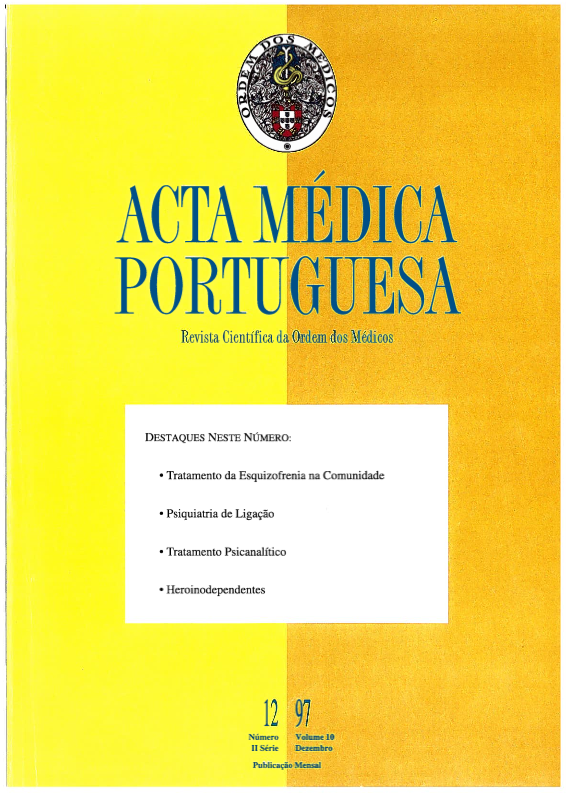Winter depression and phototherapy. The state of the art.
DOI:
https://doi.org/10.20344/amp.2529Abstract
Winter depression (seasonal affective disorder, SAD) is characterised by a seasonal major depressive episode in the last 2 years. Hypersomnia, carbohydrate-craving and weight-gain are specific traits. These patients preferentially seek help from their General Practitioner. Current research on the aetiology of SAD covers fields such as retinal deficiency, phase-disturbance of the internal circadian rhythms given by internal oscillators and neuro-endocrinologically expressed disorders, assuming that melatonin is the main mediator of human circadian systems in the CNS. Disorders of neurotransmitters (serotonin) are another cue. Recent longitudinal studies show a prevalence of seasonal depressive symptoms in up to 10% of the general population. Among patients treated for depression, the prevalence of SAD is even higher. The SAD sex-ratio of women to men of 3 to 1 is found repeatedly. SAD becomes rare above the age of 50. Effectiveness of phototherapy is showed in nearly all controlled studies. Bright light appears to be most effective for patients with mild SAD. Hypersomnia and hyperphagia seem to be predictors of response to bright light therapy. To enable evaluation of unspecific therapeutic factors in phototherapy a true placebo for bright light-studies is still to be found. Possible new indications for photo therapy are currently being explored. Bright light for non- seasonal depression has been tested with encouraging results; panic disorders seem to have features in common with SAD; effectiveness in bulimia has been suggested and recently sleep disorders in elderly patients have been successfully and substantially diminished.Downloads
Downloads
How to Cite
Issue
Section
License
All the articles published in the AMP are open access and comply with the requirements of funding agencies or academic institutions. The AMP is governed by the terms of the Creative Commons ‘Attribution – Non-Commercial Use - (CC-BY-NC)’ license, regarding the use by third parties.
It is the author’s responsibility to obtain approval for the reproduction of figures, tables, etc. from other publications.
Upon acceptance of an article for publication, the authors will be asked to complete the ICMJE “Copyright Liability and Copyright Sharing Statement “(http://www.actamedicaportuguesa.com/info/AMP-NormasPublicacao.pdf) and the “Declaration of Potential Conflicts of Interest” (http:// www.icmje.org/conflicts-of-interest). An e-mail will be sent to the corresponding author to acknowledge receipt of the manuscript.
After publication, the authors are authorised to make their articles available in repositories of their institutions of origin, as long as they always mention where they were published and according to the Creative Commons license.









